Sadly, many dog breeds today are ticking time bombs of medical problems. Many were bred for looks instead of health, which has led to many dog breeds having health problems. There are many breeds well-known for orthopedic issues, heart problems, and cancer. Luckily, there are some healthy dog breeds, as well.
Often, these breeds aren’t as common, which can make them a bit harder to find. However, if you don’t mind doing some searching, these healthy dog breeds can make great pets.
1. Keeshond
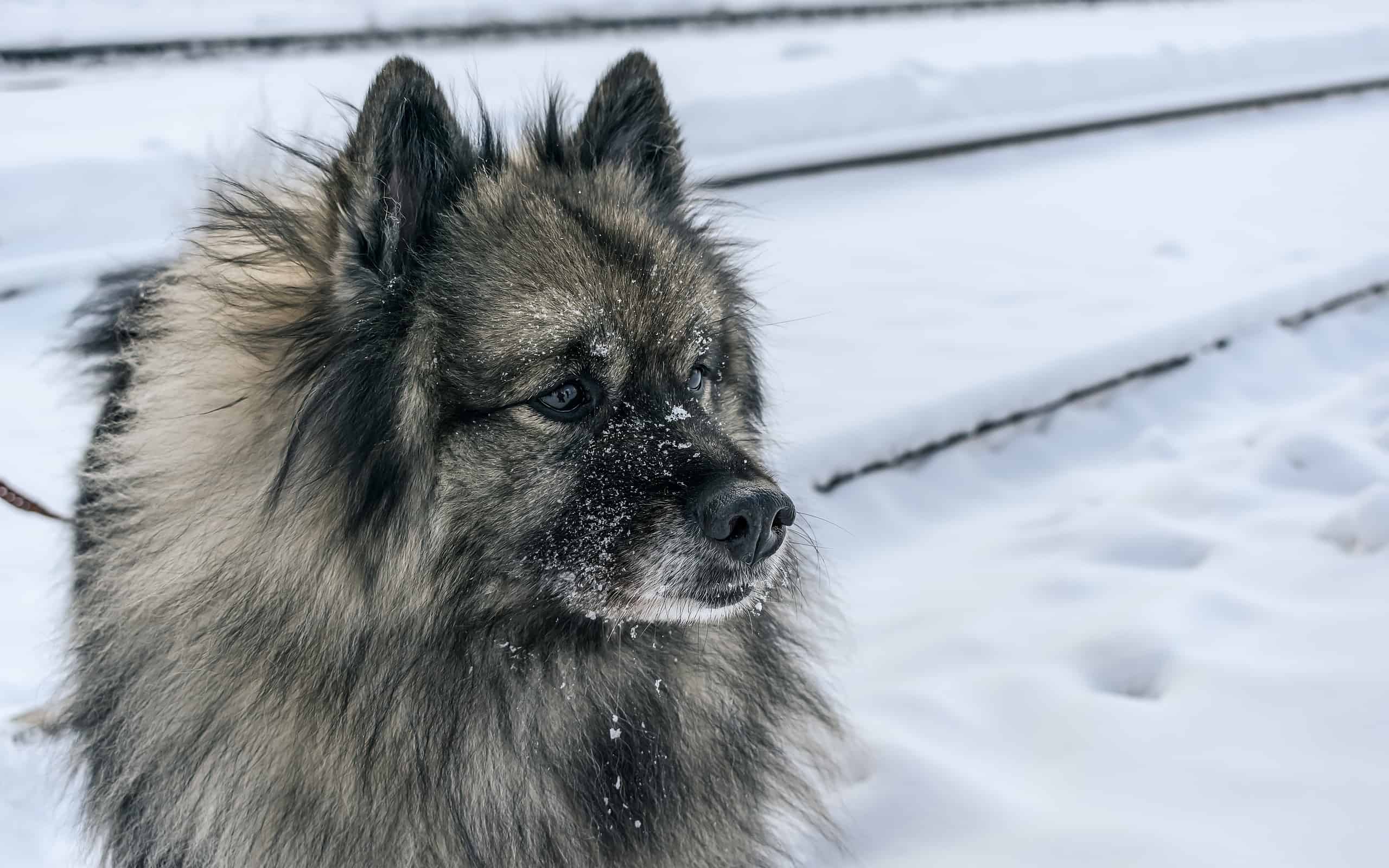
While they’re not widely known, Keeshonds are some of the healthier dogs that also fit in well with most families.
©Nikolay Chekalin/iStock via Getty Images
Like many spitz breeds, Keeshonds are healthier. However, they’re also quieter and more sensible than most spitz breeds, making them easier to care for. They’re lively, though, requiring a decent amount of exercise (though not tons like some other breeds).
As very companion-oriented dogs, Keeshonds must be with their people most of the day. They crave attention and always want to be involved in the family. If you work for much of the day, this breed probably isn’t the best option for you.
They also don’t do well around loud noises, which may make them less suitable for homes with toddlers.
2. Samoyed

These white fluffy dogs are perfect for those looking for a healthier toy-like breed but without the health problems most toy dogs have.
©Zanna Pesnina/Shutterstock.com
Samoyed are very dependable dogs. They’re also fluffy and affectionate, making them a great option for someone looking for a cuddly dog. They do need more outdoor play than other small breeds, but if you give them the proper outlets for their energy, they can be great companions.
These dogs are pretty polite in most cases. However, they do have strong herding instincts. They may go after cats and wildlife, so you cannot let them off-leash.
That said, these dogs bark a lot. They have piercing voices, making them more annoying than other dogs.
3. Jack Russell Terrier

Jack Russells can have very short, smooth fur, or they can have a rougher coat.
©evrymmnt/Shutterstock.com
Terriers may be small, but they are built like tanks. They were made to run around in the field all day, chasing small game. Jack Russell terriers are very intense and determined, which may make them great for your family – or you may find them hard to handle.
These dogs have an exceptionally high prey drive and need moderate exercise. Luckily, getting their exercise needs met is easy in smaller spaces because they are smaller.
That said, these dogs do not do well with solitude. They need plenty of mental stimulation and companionship. Too little of any of these things and they can become very destructive. They love to dig holes.
4. Beagle

Beagles may have been bred as hunting dogs, but they also make great companions.
©Kostyazar/iStock via Getty Images
Beagles are rugged, friendly dogs that work well in many households. They’re easy to groom and care for, requiring only moderate amounts of exercise. That said, they do need some exercise. Many owners underestimate just how much exercise they need.
These dogs get along well with just about everyone. When socialized, they’re peaceful and friendly with other people, dogs, and even cats. They do have a tendency to wander off, though, so you should never let them off-leash.
5. Cairns
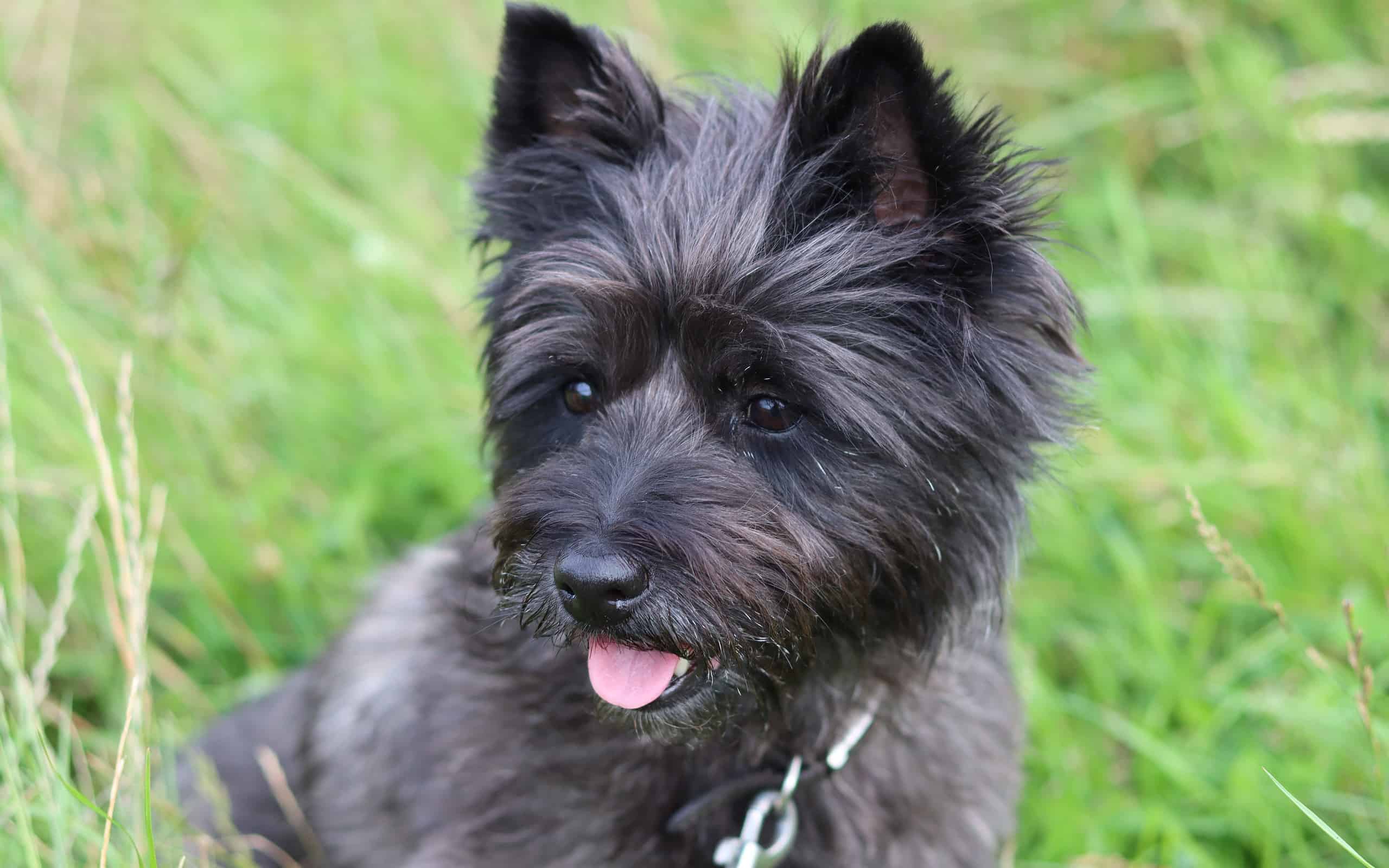
Cairn terriers are a great option if you want a less intense terrier.
©Francesca Leslie/iStock via Getty Images
All terriers tend to be a bit intense. However, Cairn terriers are much less intense than Jack Russells or similar breeds. Still, this breed is very much a terrier. They’re very hardy and spirited without many health issues. Plan on giving them plenty of exercise, but they may need less than you’d expect.
Cairn terriers are quite bold. They can be a bit bossy when poorly trained and prone to wandering off. However, their stubbornness can be handled with proper training and socialization.
6. Toy Poodles

Toy Poodles have an exceptionally long lifespan and are prone to very few health problems.
©Nynke van Holten/Shutterstock.com
If you want a breed that will live a long time, toy poodles are a great option. The average person typically considers Poodles to be “prissy” dogs. However, the relative is much different. Poodles were built as retrieving dogs, similar to Labrador Retrievers. Therefore, they are very active and athletic.
Toy poodles are no different, though they come in a smaller package. These dogs can thrive in jumping competitions, agility, and advanced obedience.
That said, these dogs do need a bit of work. They’re rather smart dogs, so they require plenty of mental stimulation. They’re also more active than most. We recommend them for active families only.
7. Schnauzers
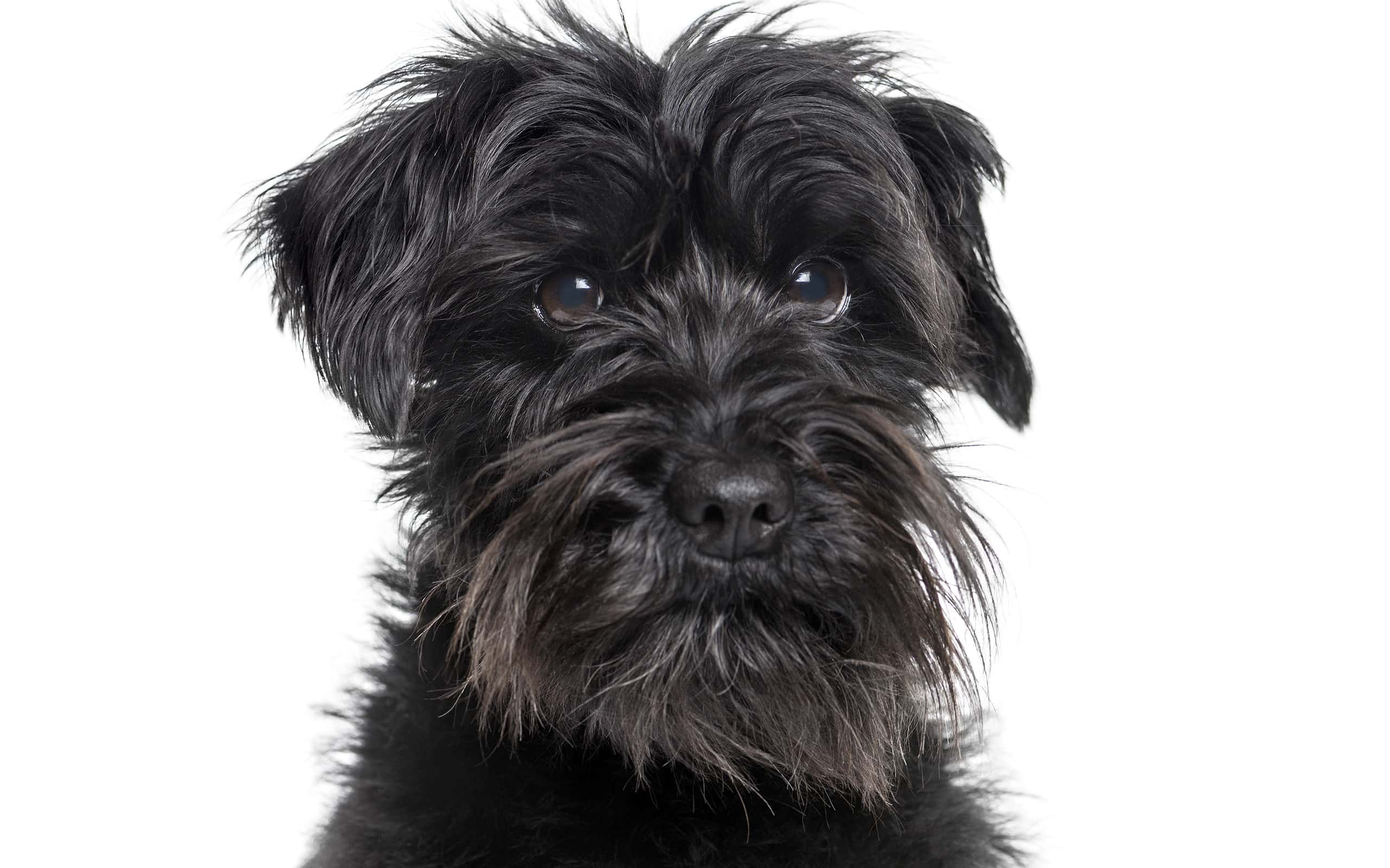
All types of schnauzers are pretty healthy. However, the standard and miniature sizes tend to have the fewest health problems.
©GlobalP/iStock via Getty Images
Standard Schnauzers can be great pets but require much more socialization than most companion dogs. They aren’t exceptionally friendly, depending on being more sensible and aloof with strangers. Many of them are bold and very serious, but others may be mellow. It largely depends on how they are raised and socialized.
Mental exercises are a must for this breed, as they are very good problem solvers. They need plenty of stuff to do with their mind. Otherwise, they can be prone to destructive behaviors.
These dogs need a lot of time, especially in the beginning. Meeting their socialization and training requirements can be a lot. However, with proper care, they can be fantastic pets.
8. Bedlington Terrier

This breed looks very unique, especially if kept in their traditional trim.
©Ermolaev Alexander/Shutterstock.com
Despite their lamb-like look, Bedlington terriers are exceptionally athletic. They’re very agile and known for their graceful gait. You’ll need to provide plenty of exercise, and we highly recommend having a fenced-in area for your dog to play in.
While these dogs are terriers, they tend to be less rowdy than others. Therefore, they’re better for those looking for a less energetic canine. However, they still need walks each day.
These dogs get along well with many other canines but can still be somewhat scrappy.
9. Australian Cattle Dog
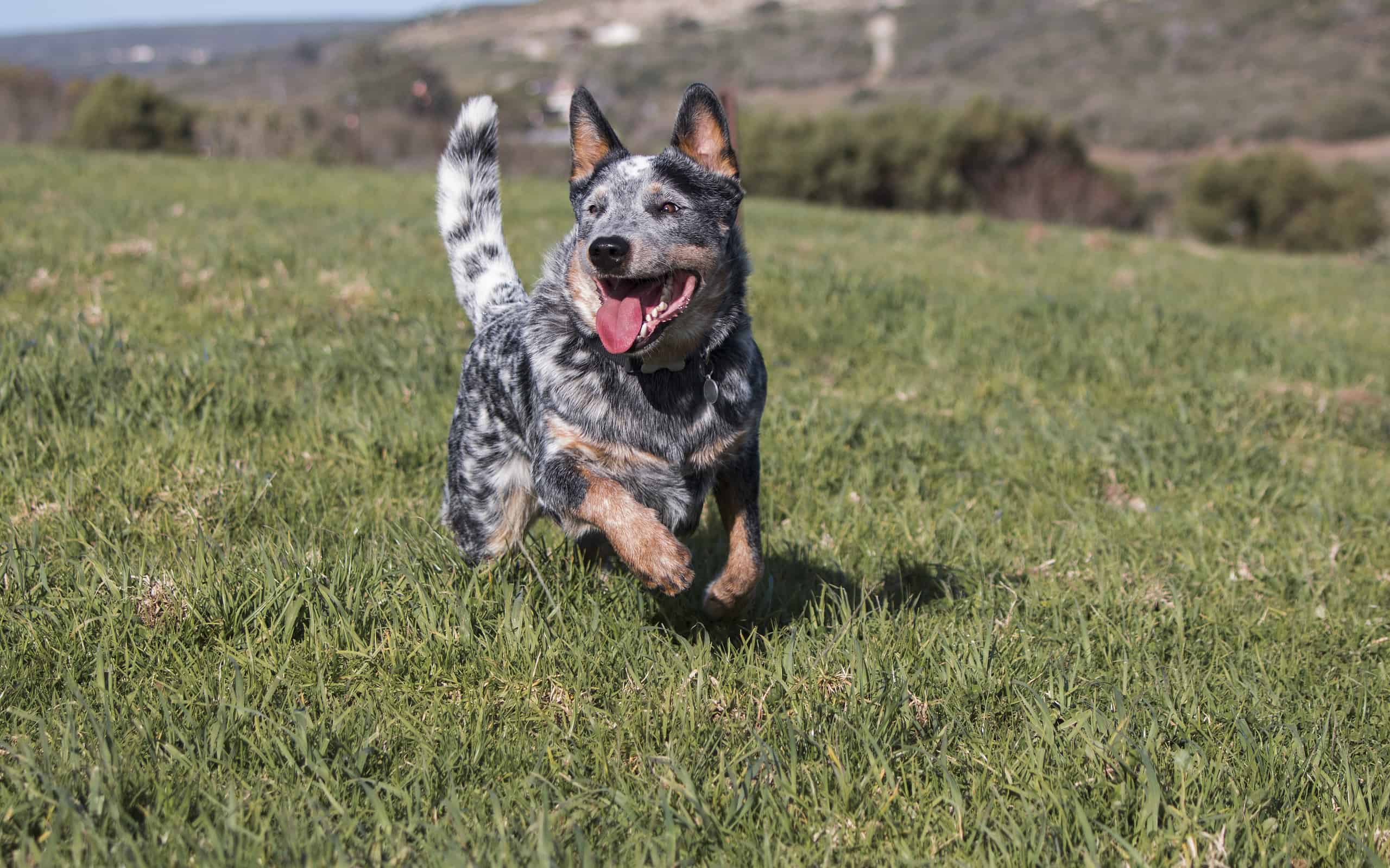
These canines are purpose-bred, so they tend to be exceptionally healthy.
©Madelein_Wolf/iStock via Getty Images
Dogs that are bred for work tend to be healthier than those that aren’t. After all, if you’re paying for a working dog, you’d be pretty upset if they developed a health issue that prevented them from working.
Australian cattle dogs are very active, though, as they were bred to work all day. They don’t do well in apartments and need plenty of room to run around. We don’t recommend them for homes with cats unless you plan on providing careful socialization.
Keeping up with these dogs can be challenging. They’re very clever canines, so you need to provide lots of mental stimulation. They also need a lot of exercise and a decent amount of grooming. Therefore, they aren’t necessarily a good choice for those who are just looking for a pet.
10. Icelandic Sheepdog

With proper training, Icelandic Sheepdogs can be very good pets.
©Bildagentur Zoonar GmbH/Shutterstock.com
Icelandic Sheepdogs are pretty rare. However, they have almost no genetic health problems and are extremely healthy. These dogs developed naturally in Iceland to help with just about any job the settlers needed to be done. They fall into the “spitz” category, which tends to be pretty healthy overall.
These dogs come in many different colorations, but they always have white markings.
While these dogs are often pretty friendly and happy, they require much socialization and training. Otherwise, they can be a bit too neurotic and aggressive. Exercise is also essential, as these dogs were bred to work. If they aren’t given a task to do, they can be tough to handle.
11. Australian Shepherd
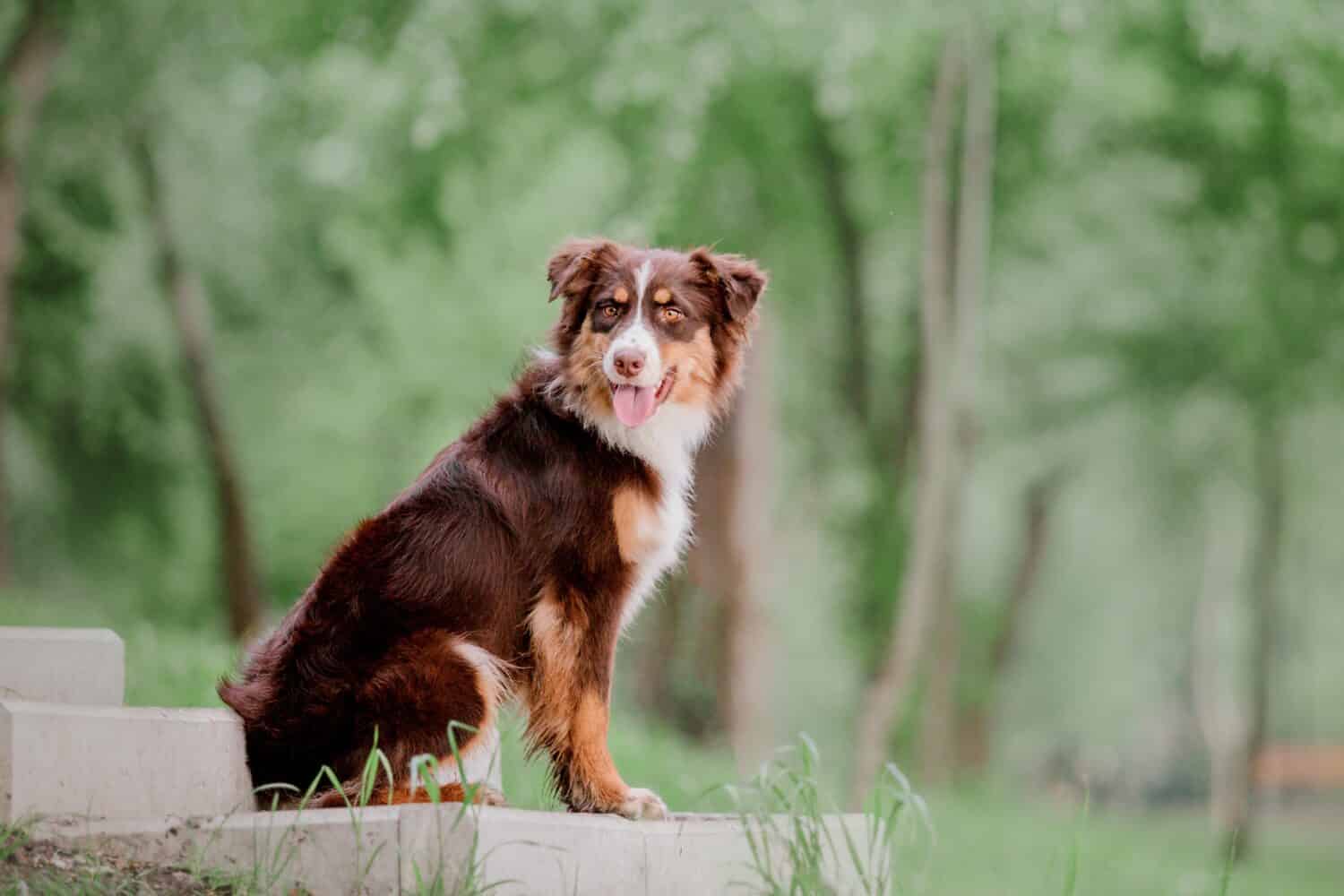
If you’re more active, then an Australian shepherd may be a good choice.
©OlgaOvcharenko/Shutterstock.com
Australian shepherds are one of the healthier dog breeds. They aren’t prone to many health problems and tend to live long with the proper care.
However, different lines have different temperament traits, so you must be careful when selecting a breeder. Some are a bit too energetic and may be hyperactive.
Others have a more mild temperament, though, making them better pets. All need a lot of exercise, so we only recommend them for more active families. These dogs are pretty demanding of attention and time. They want to be a part of their family, and they don’t do well when left alone for long periods.
The photo featured at the top of this post is © mariakbell/iStock via Getty Images
Ready to discover the top 10 cutest dog breeds in the entire world?
How about the fastest dogs, the largest dogs and those that are -- quite frankly -- just the kindest dogs on the planet? Each day, AZ Animals sends out lists just like this to our thousands of email subscribers. And the best part? It's FREE. Join today by entering your email below.
Thank you for reading! Have some feedback for us? Contact the AZ Animals editorial team.






